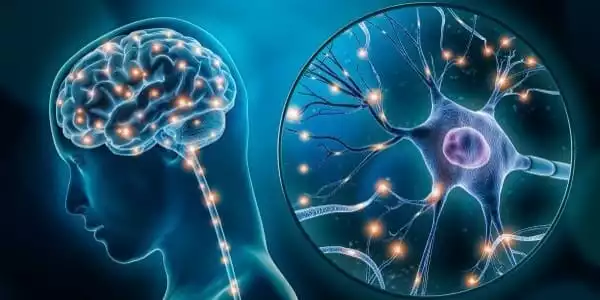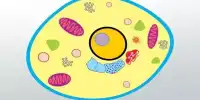Neurons, or nerve cells, connect with one another via contact points known as synapses. When these connections are broken, communication breaks down, and the messages that would ordinarily help our feet press our bike pedals or our minds find our vehicle keys fall short. Neurexin, a protein discovered by scientists, is necessary for nerve cell connections to develop and operate properly.
The protein YME1L regulates the generation of new nerve cells as well as the maintenance of neural stem cells in the adult brain, according to research. This has enormous potential for regenerative therapy following brain traumas and other disorders.
A research team led by Professor Dr. Matteo Bergami from the CECAD Cluster of Excellence for Aging Research at the University of Cologne discovered that the protein YME1L is essential in coordinating the shift between cellular proliferation (cell division) and quiescence by investigating changes in the metabolic profile of neural stem cells (a resting state).
Our findings reveal that the activity of a single mitochondrial protease can have a considerable impact on the fate of neural stem cells and the rate at which new nerve cells are produced. These discoveries not only disclose a new layer of regulation in the biology of neural stem cells, but they may also have substantial consequences for patients with YME1L mutations.
Professor Dr. Matteo Bergami
The protein YME1L is in charge of balancing the conversion of the brain’s neural stem cells into neurons, which are limited in number and cannot be created again. Defects in this protein’s function can result in the premature conversion of neural stem cells into specialized cells, impairing brain regeneration in the long run. The article ‘Metabolic control of adult neural stem cell self-renewal by the mitochondrial protease YME1L’ has been published in Cell Reports.
There is no single protein that makes up any cell type. Nerve cells, like all cells, have all of the fundamental proteins required for structural integrity and basic functions (like actin and myosin). You might be thinking of myelin, the protein component of the myelin sheath. Because the myelin sheath is built up of membrane processes from surrounding cells wrapped around the axons, it contains a high lipid component.
Neural stem cells are found exclusively in a few areas of the adult mammalian brain, where they continue to produce new neurons throughout life. Understanding how neural stem cell activity is regulated and maintained in these locations has important implications for regenerative methods following brain damage and disease. Mutations in YME1L have also been linked to brain disorders and intellectual disability in human patients.

YME1L is a protease (an enzyme that cleaves other proteins) found in mitochondria, the cells’ powerhouses. YME1L, like other mitochondrial proteases, is crucial in the quality regulation of proteins within mitochondria. The scientists discovered that the enzymatic activity of YME1L exactly reflects distinct metabolic states in neural stem cells by analyzing the levels of those proteins known to be targeted by YME1L. Higher YME1L activity corresponds to a quiescent (dormant) state, whereas lower YME1L activity corresponds to a proliferative state.
This balance in YME1L activity is necessary to maintain the stemness qualities of neural stem cells, as defects in YME1L function push cells to exit their stem cell status and prematurely specialize into different types of nerve cells, resulting in the loss of stem cells from brain tissue. Finally, the loss of stem cells has a significant influence on the brain’s long-term neurogenic capability, as no new neurons can be created.
Despite the complexity of the nervous system, nerve tissue has only two types of cells. The neuron is the real nerve cell. It is the structural unit of the nervous system and the “conducting” cell that sends impulses. Neuroglia, often known as glial cells, are another type of cell. The term “neuroglia” translates as “nerve glue.” These nonconductive cells serve as a support system for the neurons. They are a sort of “connective tissue” that is unique to the neurological system.
‘Our findings reveal that the activity of a single mitochondrial protease can have a considerable impact on the fate of neural stem cells and the rate at which new nerve cells are produced.’ These discoveries not only disclose a new layer of regulation in the biology of neural stem cells, but they may also have substantial consequences for patients with YME1L mutations,’ Bergami said.















